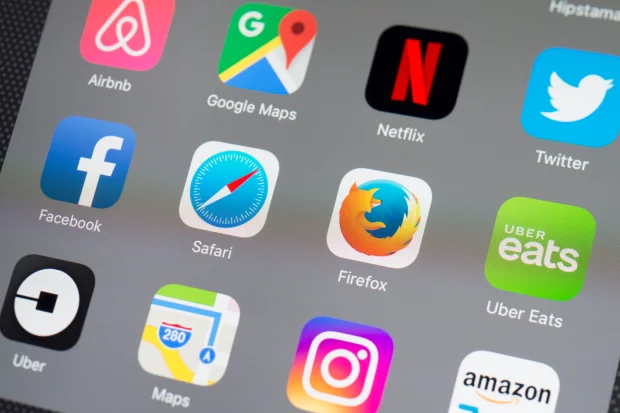Study reveals paths readers use to access news websites, apps

News publishers will still have to rely on third party platforms as primary gateway to their online content, a new study; Digital News Report by Reuters Institute reveals. The study notes that majority of online news readers most of whom are between the age bracket of 18-24 rely on social media networks as a gateway to news websites and applications as opposed to direct access.
Those readers above 35 years are however likely to go direct to news websites and applications to read their favourite content as opposed to accessing via third party referral platforms such as Facebook, Instagram, Tik Tok, Twitter etc. In 2018, 32 per cent of readers would visit websites and apps directly without social media referalls, the trend has changed seeing direct access dipping to 20 per cent in 2023. Access through third-party platforms has improved from 23 per cent to 30 per cent in 2023.
“We continue to monitor the main access points to online news and examine the impact on consumption with different groups. Every year, we see direct access to apps and websites becoming less important and social media becoming more important due to their ubiquity and convenience,” notes the report.
“At an aggregate level, we reached a tipping point in the last few years, with social media preference (30 per cent) now stretching its lead over direct access (22 per cent)”.
News brands in Africa, Asia, and Latin America
According to the report, In Africa, Asia, and Latin America social media is by far the most important gateway, leaving news brands much more dependent on third-party traffic. This is however in contrast with Northern European markets where news brands still have strong direct connections with consumers when it comes to online news, even though platforms are still almost universally used in these markets for a range of other purposes.
In other Asia-Pacific markets – such as Japan and Korea – home-grown portals such as Naver and Yahoo! are the primary access points to content, while in India and Indonesia, mobile news aggregators play an important gateway role. Report notes that Dependence on social media may be growing, but it is not necessarily the same old networks.
Turning to the 12 countries tracked since 2014, the study finds that in aggregate, Facebook usage for any purpose (57 per cent) is down 8pp since 2017. Instagram (+2pp), TikTok (+3pp), and Telegram (+5pp) are the only networks to have grown in the last year, with much of this coming from younger groups.
The twelfth edition of Digital News Report also reveals a changing nature of social media, partly characterised by declining engagement with traditional networks such as Facebook and the rise of TikTok and a range of other video-led networks. Yet despite this growing fragmentation of channels, and despite evidence that public disquiet about misinformation and algorithms is at near record highs, readers dependence on these intermediaries continues to grow.
ALSO READ; How African Digital Currency Innovation Found Roots in a Village

















